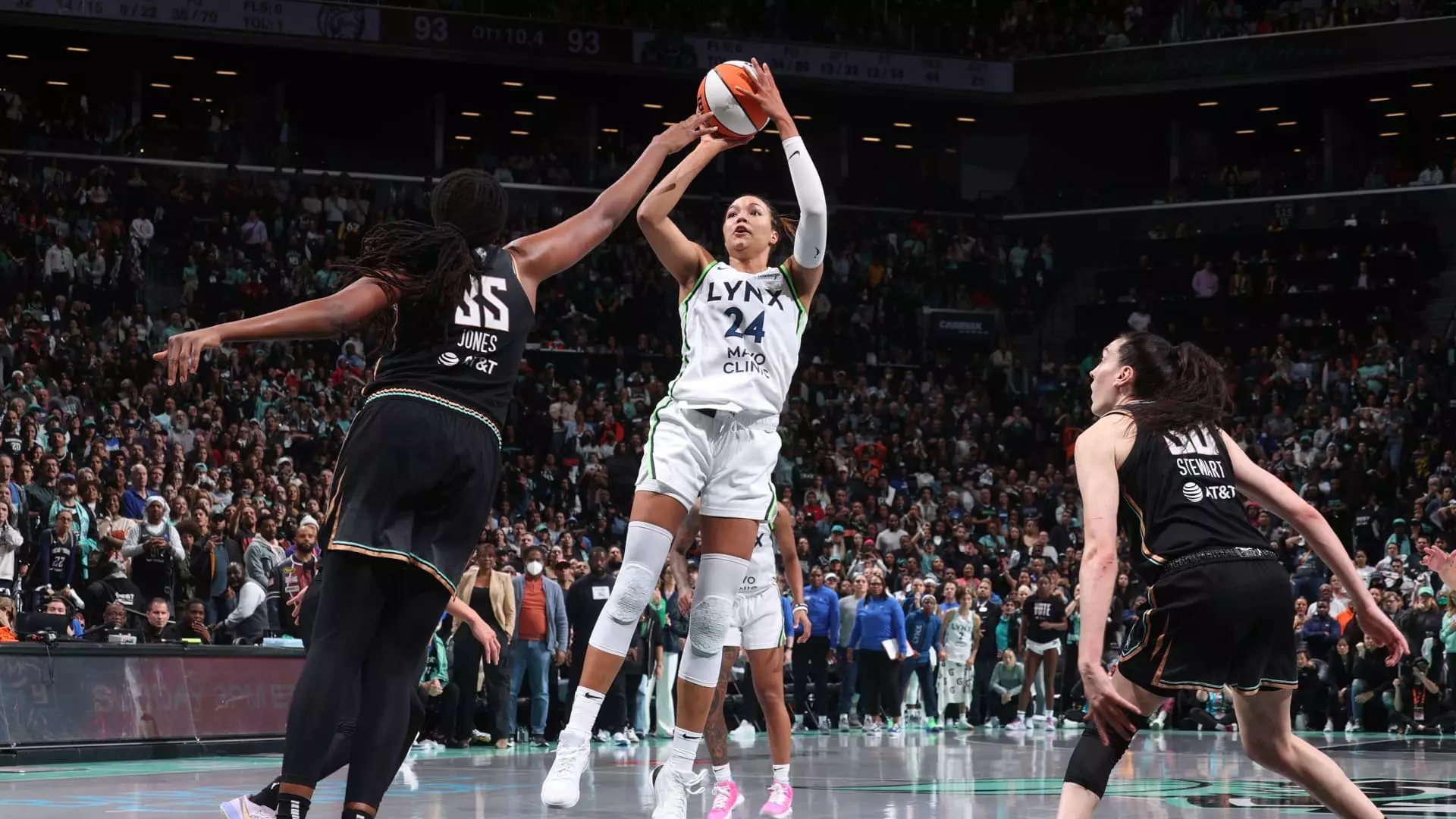The WNBA’s announcement of awarding three new franchises to Cleveland, Detroit, and Philadelphia marks what Commissioner Cathy Engelbert hailed as a “monumental day.” The league’s growth to 18 teams over the next five years is undeniably an exciting moment for women’s basketball. Yet, beyond the celebratory press releases and milestone headlines lies a complex web of challenges and opportunities that demand critical scrutiny. While expansion signals progress, it also raises questions about sustainability, market readiness, and the true impact on the sport’s ecosystem.
Expansion: More than Just a Numbers Game
Growth is often equated with success, but in sports, rapid expansion can sometimes backfire if not managed carefully. The WNBA currently has 13 teams and is poised to add Toronto and Portland in 2026, followed by Cleveland, Detroit, and Philadelphia stretching through 2030. This timeline might appear measured, but the fact that each new franchise requires a hefty $250 million fee underlines a broader economic gamble. Unlike the NBA, whose markets are mature and revenue streams robust, the WNBA is still fighting for financial stability and mainstream acceptance.
Many might applaud these territorial expansions as evidence of increasing interest and investment in women’s basketball. Yet, historically, similar attempts have faltered—Cleveland’s original WNBA team, the Rockers, ceased operations in 2003 because of low attendance and sustained financial losses. Detroit’s Shock franchise, though more successful with championship titles and strong fan support, eventually relocated after more than a decade. What can explain this inconsistent past, and how can the WNBA avoid repeating history?
Market Viability vs. Historical Pitfalls
The league emphasized that the selections were based on rigorous assessments of market viability, infrastructure, and local enthusiasm. This is encouraging, but it also raises an important tension: can the league count on cities’ basketball heritage to guarantee fan support, or is relying on past glories a precarious foundation? Cleveland and Detroit are cities entwined with passionate sports cultures—but their economic challenges and shifting demographics can heavily influence sustained engagement. The underlying risk is that pockets of enthusiasm could be more sentimental than financially practical.
Philadelphia, with its deep sports roots and an existing NBA franchise under Harris Blitzer Sports & Entertainment, might provide a more stable environment. The backing by corporate and ownership groups with significant assets bodes well, yet the WNBA must confront the cultural inertia that often views women’s professional sports as secondary or novelty acts. These biases are real barriers that a deeper injection of capital alone won’t erase.
A Financial Model Under Strain
The staggering $250 million franchise fee—an unprecedented sum for the WNBA—signals that investors are starting to see serious potential in women’s basketball. But it also places immense pressure on franchise owners to deliver rapid returns and commercial viability. That commercial imperative can be at odds with the league’s mission of growing the sport authentically and inclusively. The focus must not shift entirely to pure profit margins because the WNBA’s growth depends not only on capital but on capturing hearts, especially among younger generations who value fairness, diversity, and representation.
It’s worth noting that such high franchise fees might inadvertently exclude grassroots or community-based ownership models that often have deeper local ties. Instead, expansion seems increasingly tethered to the influence of established NBA-affiliated ownership groups, which could stifle innovation and diversity within the league’s leadership ranks.
Looking Beyond Expansion: What Will It Take for Lasting Success?
The WNBA’s ambitious expansion plan can catalyze a new era if paired with thoughtful strategy. First, investments must prioritize fan engagement beyond ticket sales—building lasting cultural relevance through storytelling, youth programs, and media visibility is non-negotiable. Moreover, the league needs to guard against overly commercializing at the expense of player welfare and competitive balance.
Houston’s exclusion, despite being a major metropolitan market with substantial basketball history, is a reminder that league decisions are not solely driven by population or media markets but often by untold factors like local political will or infrastructure readiness. Keeping an eye on such cities for future expansion is wise but also underscores the unpredictable and uneven nature of WNBA growth.
Ultimately, the league’s success will hinge on whether it can transcend the traditional sports business playbook infused with gender biases and create a sustainable model centered around equity and community empowerment—a model that doesn’t just add teams but genuinely lifts women’s basketball from the margins to mainstream sports culture.

Leave a Reply